












Culture and Heritage
Markets. Chichicastenango. Chapter V

The cultural continuity of the Maya was interrupted twice. First, in the tenth century with the devastation of the entire political system of the Maya states, and then with the beginning of colonization, when all ancient knowledge gained an oral form and transformed into myths and legends, spread only by word of mouth, as far as an older generation could remember. This, of course, could not but lead to some serious losses along the way.


San Juan Cotzal, Quiché Department. 2018.

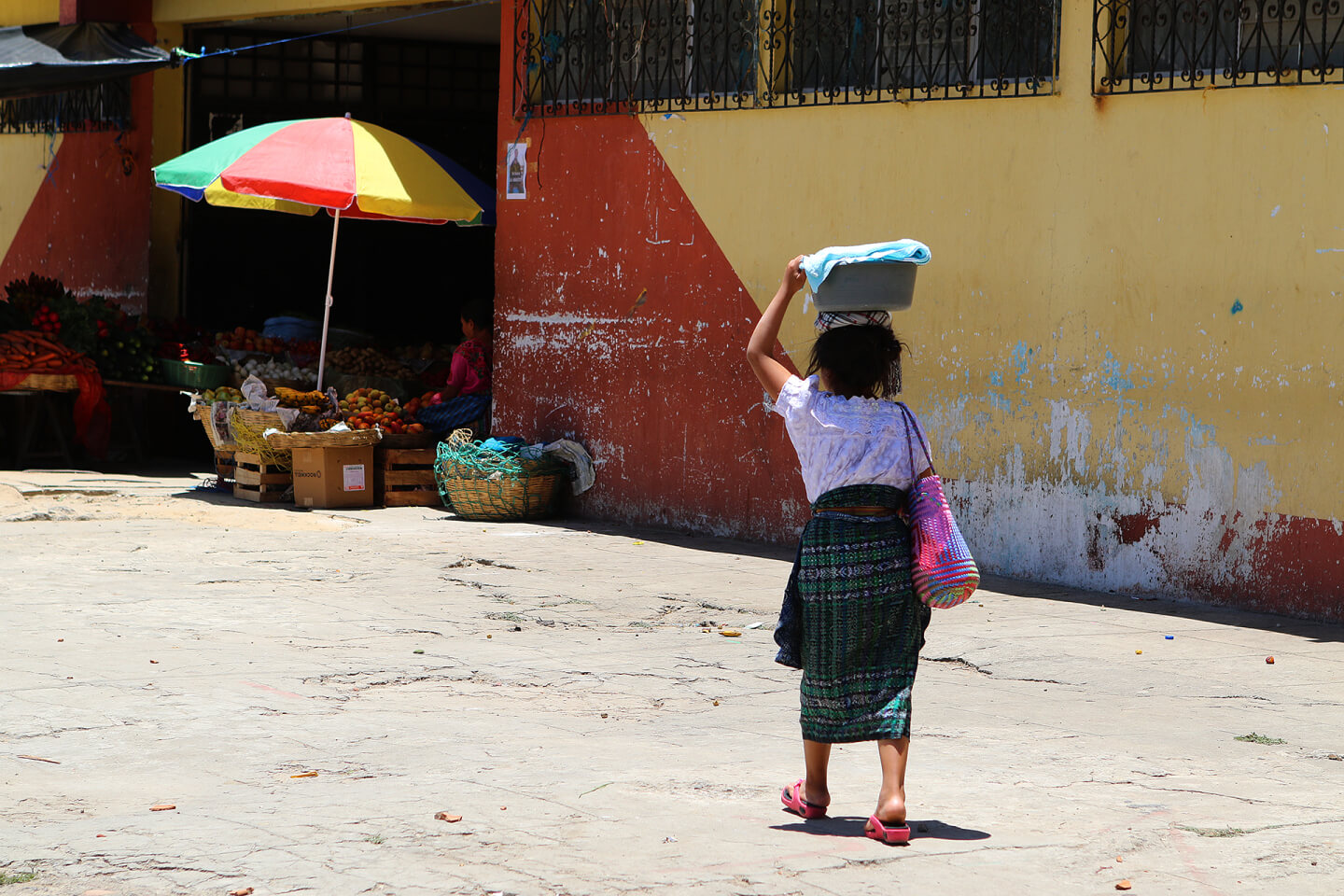
Writing system
With the advent of Conquistadors, the understanding of pre-Columbian writings was lost. Soviet scientist Yuri Knorozov deciphered it only in 1955.
There are almost no written monuments of this culture, and for many centuries, the descendants of the Maya did not have the opportunity to read them, as well as inscriptions in ancient cities. Moreover, these ancient cities were mostly hidden in impenetrable jungles and were very hard to access.
The preserved manuscripts in the Mayan language are called codices. They talk about rituals, astronomy and astrology, and the calculation of calendar cycles. By the way, now, even after deciphering the Maya alphabet, a simpler Latin alphabet with added diacritics is used for transcribing these languages.
San Andrés Xecul, Totonicapán Department, Kʼicheʼ Maya. 2018.





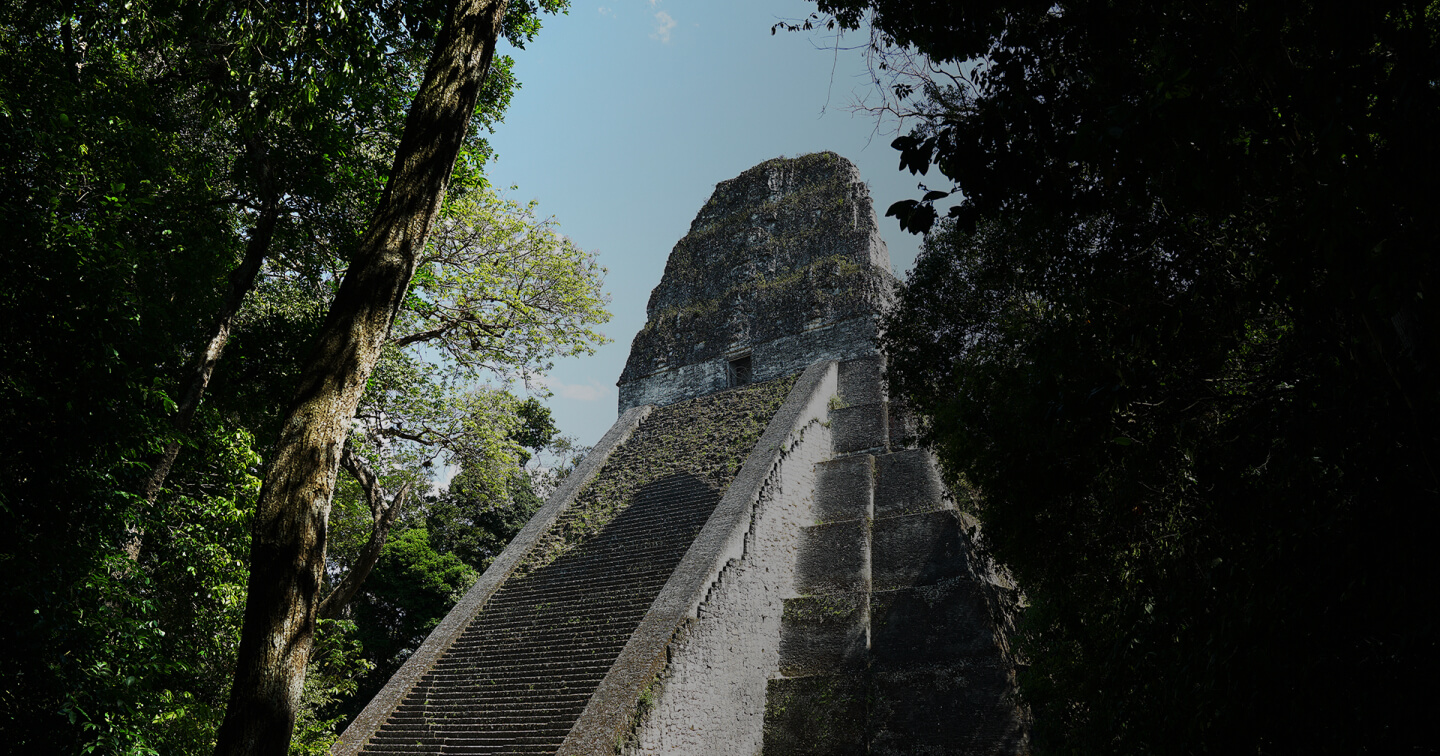
Archaeological finds
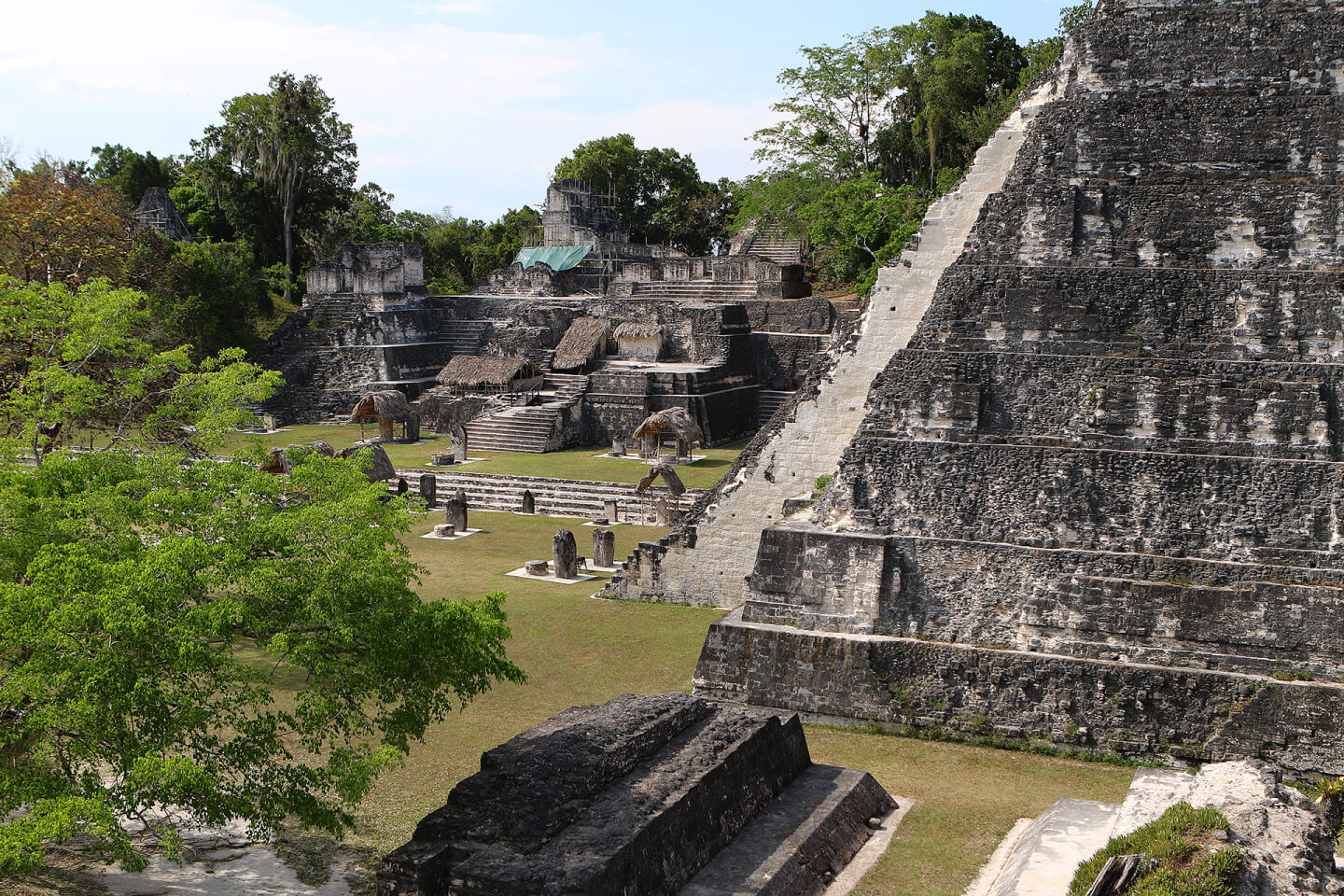
Excavations and the study of the Maya heritage have been actively going on in Guatemala for the last sixty years, but the largest discoveries have only been made in recent decades. At the same time, despite the fact that these discoveries captured the headlines around the world, they had almost no impact on the daily lives of Guatemalans.
Tikal, one of the largest Maya cities of the classical period, discovered in Guatemala. It is located in the province of Petén. The first expedition to explore Tikal was organized in 1848. Tikal, Department of Petén, 2018.
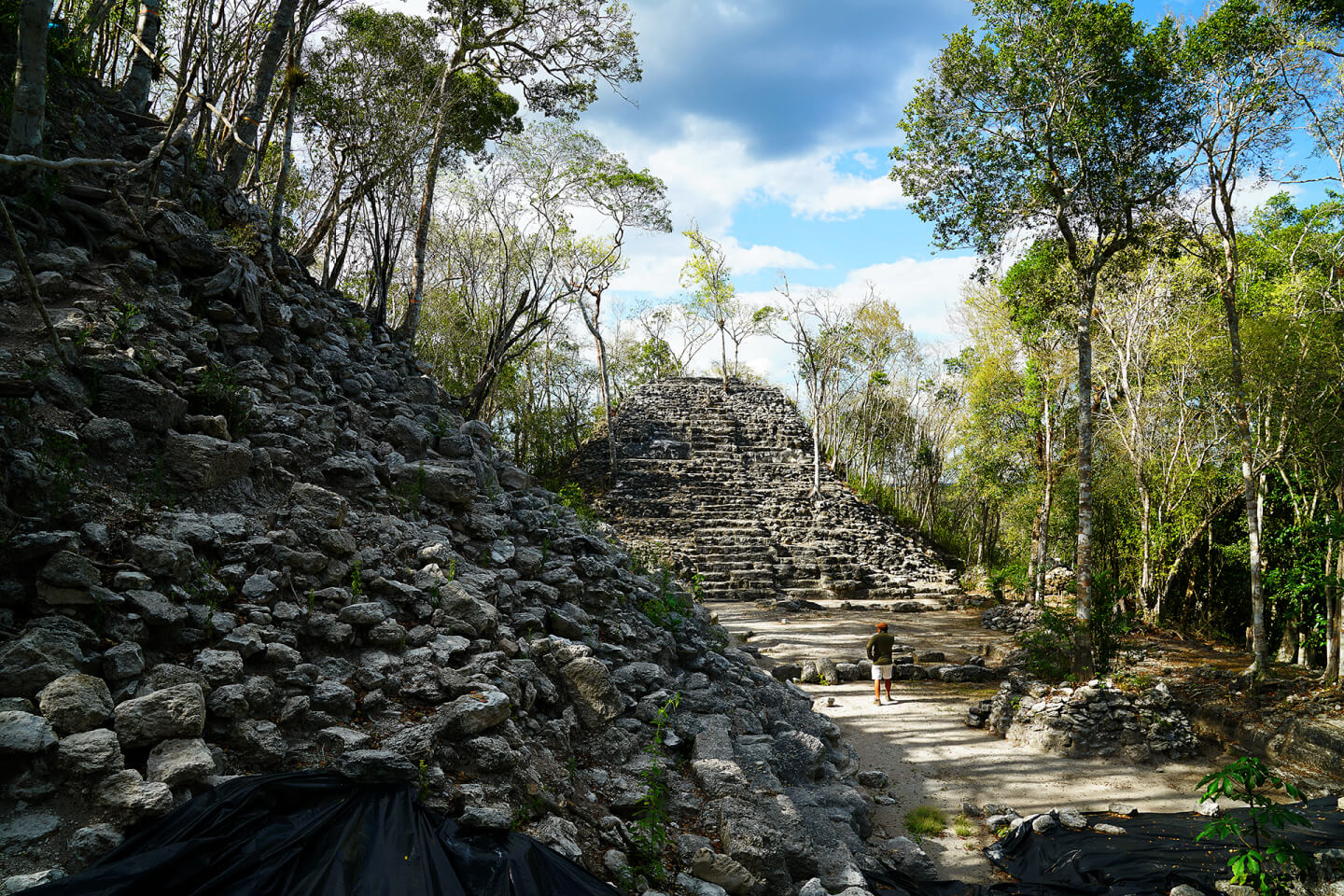
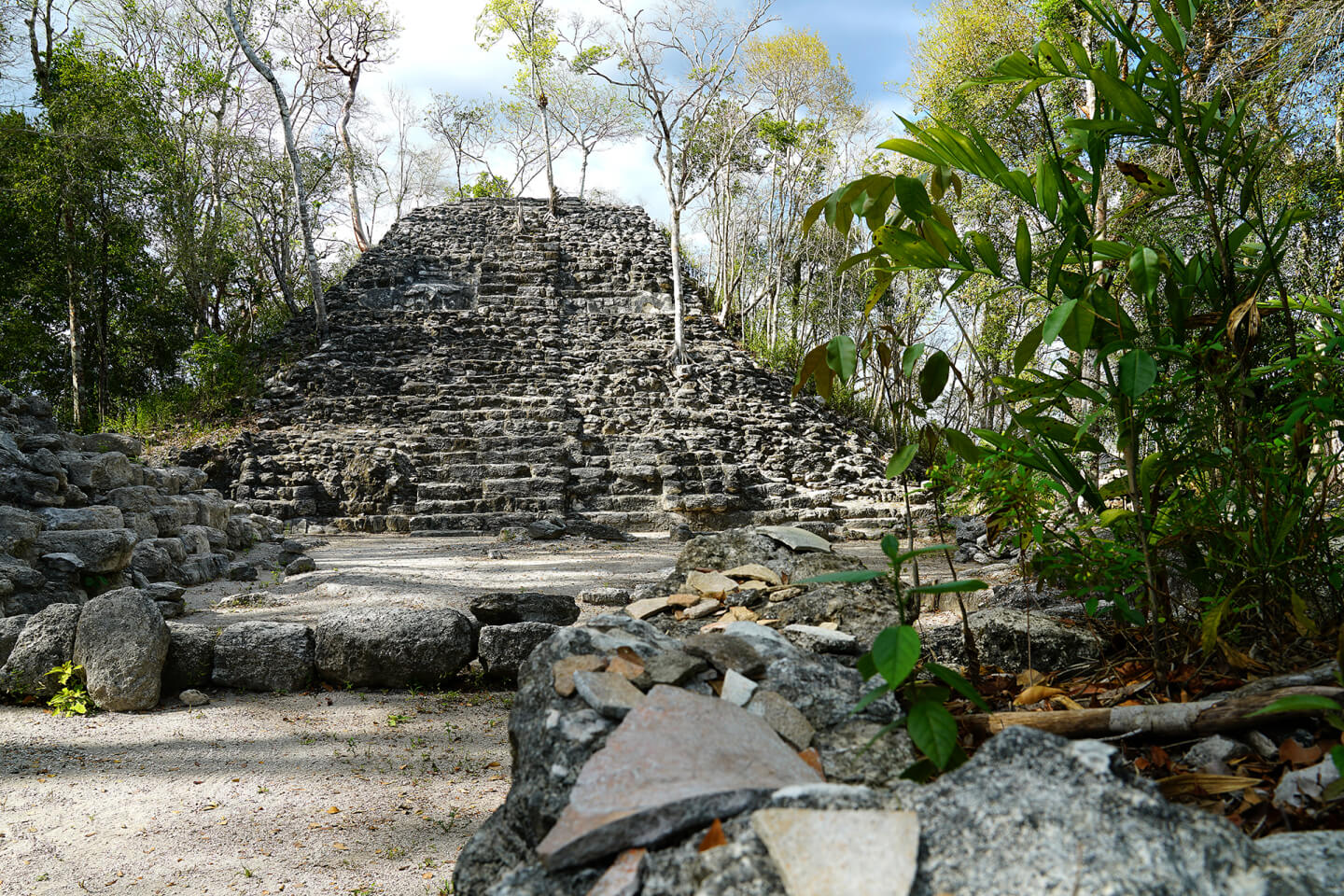
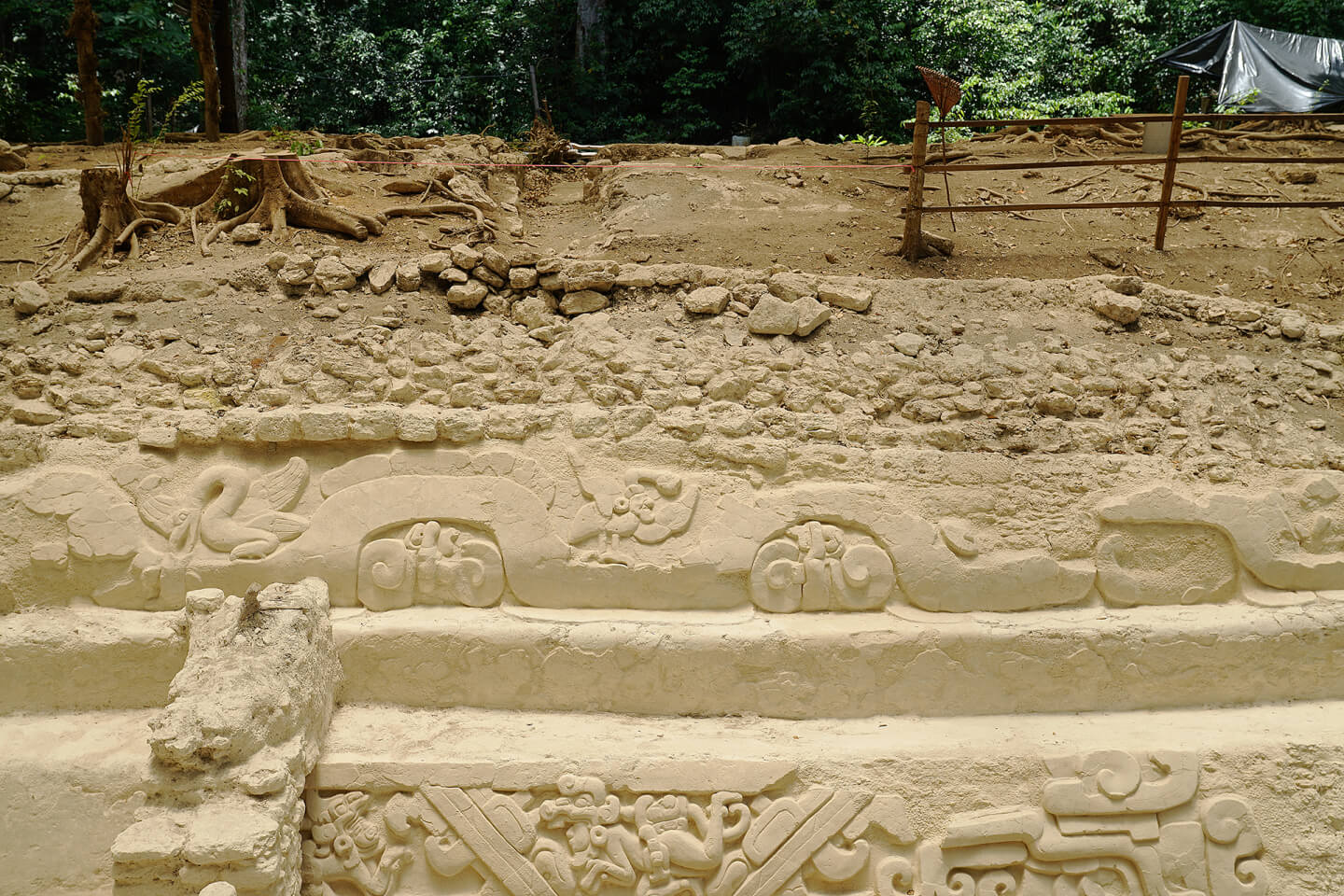



El Mirador, the largest Maya metropolis of the preclassic period. It was discovered in 1926 and this area was first mapped only in 1962. The Department of Petén. 2018.
Cesar Aguilar
archaeologist, specialist in sustainable tourism
It was only in 1996, when Indians were granted the right to participate in the cultural and social life of the country, with the signing of a settlement agreement. Up to that point, the entire education system, which is under the control of the "white" government, was aimed at ensuring that local residents had access to the bare minimum in terms of education.

Recently, more opportunities and sources of information have appeared, but unfortunately, local residents are still far from taking a critical look at identity and the country as a whole. And this trend is strongly supported by the government.
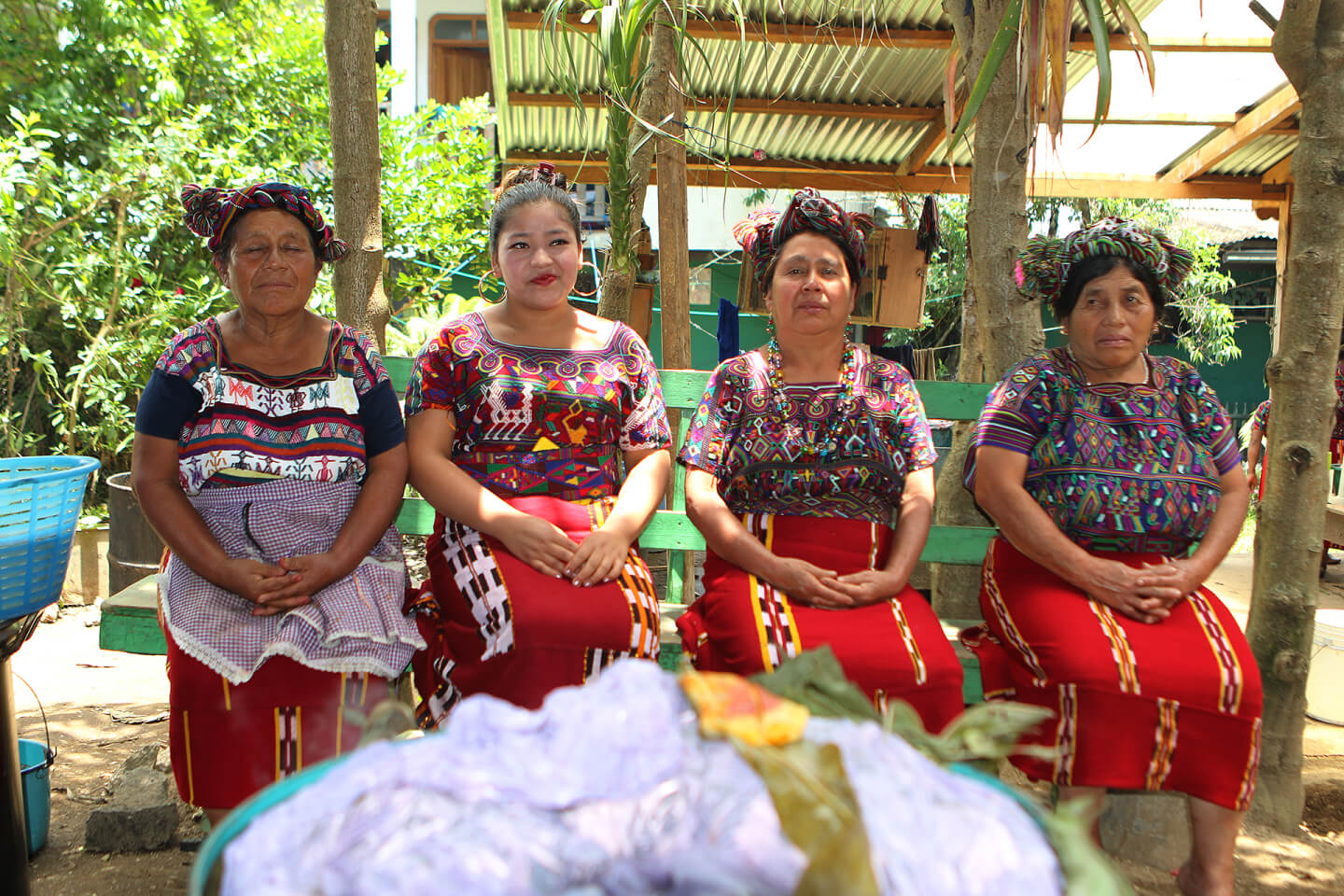
San Juan Cotzal, Quiché Department. 2018.
Recent discoveries in archaeology, which, in theory, could have had a serious impact on the self-awareness and self-identification of the local population, had virtually no effect, simply because there are no information dissemination channels in the country that could bring it to people who are not related to science. A good example is recent research that shows that the Olmecs coexisted with the Maya at about the same time. Previously, it was believed that they were the predecessors of the Maya.
El Mirador started to attract more attention, as helicopter flights have now become more accessible. Ecotourism projects are gradually developing there: guests are offered routes along which they can come to the site of archaeological discoveries in two or three days.
El Mirador has become the hero of many scientific conferences, documentaries, and official institutions and structures have successfully used this international interest to boost tourism. However, such messages do not reach villages, where there is often no television or Internet, so only the residents of the cities know the latest news at best.

I worked in the Motagua River Valley, and there we found traces of the Maya civilization dating back to about 2000 BC. They mined jade and sold it to neighboring Mesoamerican tribes, the very same Olmecs, who had this stone in use for many years.
These findings completely change the idea that the Maya population was insignificant in 2000-1500 BC. We have found the evidence of their habitat on a large territory within the country, mainly in the areas with a hot climate. However, this information stays only in academic circles, it is not passed to the people of Guatemala – the country simply does not have the resources for this.
For instance, in neighboring Mexico a magazine is distributed among the population, where you can read all the news about archaeological findings. In Guatemala, there are simply no such sources of information, as a result a lot of knowledge about Maya heritage becomes obsolete.
For example, the pyramid of La Danta in El Mirador complex has long been considered the tallest in the world, but it turned out that the pyramid in Toniná in Mexico is three meters taller – but people continue to consider La Danta the tallest. But even these numbers are of secondary importance compared to the knowledge about a civilization that was able to build such a pyramid with a base of 600 by 300 meters in 1500 BC. For example, the knowledge of its production system, control, how the administration was built, how many resources were required for such construction, how much water etc. Few people think about it.
La Danta pyramid, El Mirador, Petén Department. 2018.

Excavations
Gumarcaj (Q'umarkaj), department of Quiché. The black ashes in the photo are traces of fires that were set by the conquistadors upon their arrival in Guatemala. These excavations are located 18 km from Chichicastenango. Gumarcaj (or Utatlán) was the most important political and cultural center of the country. Chichicastenango was formed, among other things, from this city’s immigrants. The conquistadors burned down the city in an attempt to enslave the Kʼicheʼ Indians. The descendants of the Gumarcaj settlers still live in Chichi.
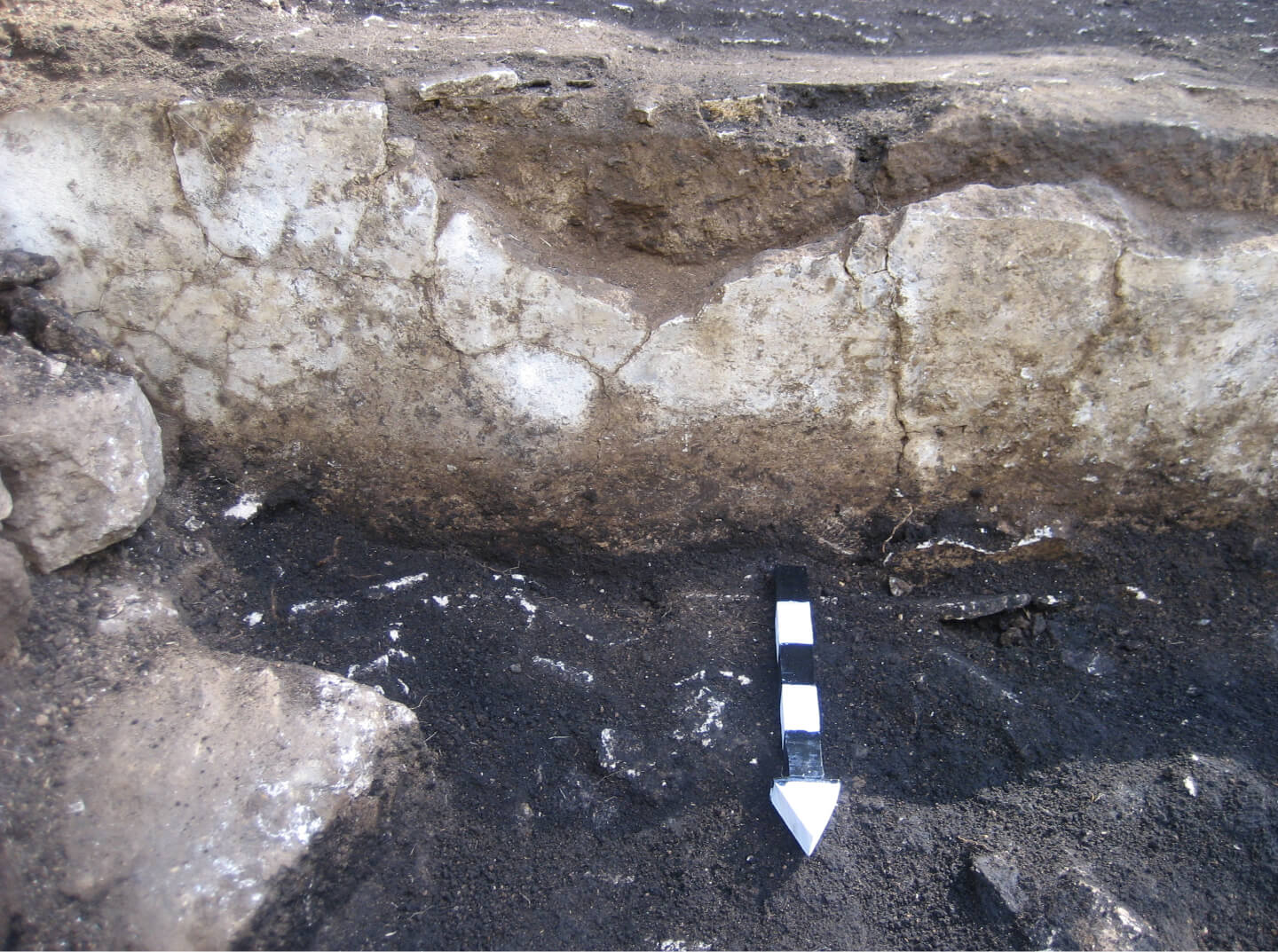
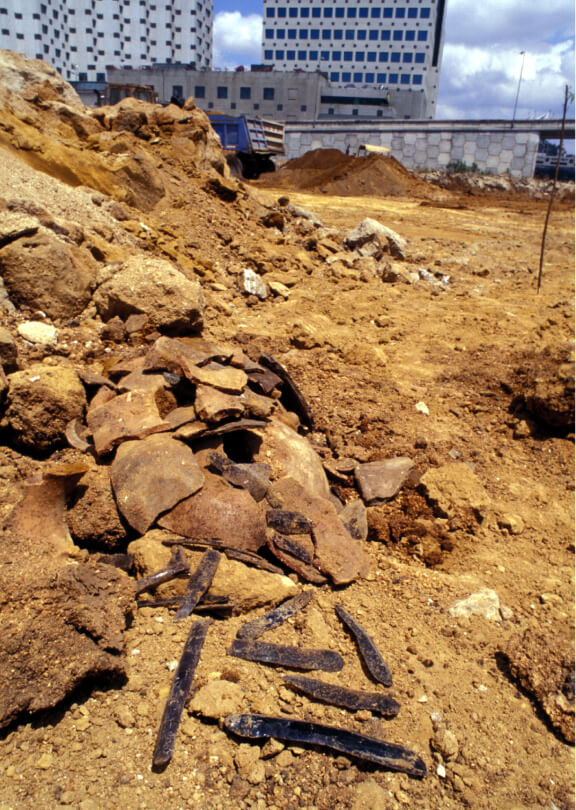
Kaminaljuyu, an archaeological city and the most important excavation site in Guatemala. It is located on the outskirts of the country's capital. The findings belong to the early classical and pre-classical period.
Photo: Horacio Enrique Martínez Paiz
Photo: Horacio Enrique Martínez Paiz
Nowadays, a much larger proportion of young people from the local population can be noticed among archaeology students. Unfortunately, there’s hardly 2% of locals among professional archeologists. Therefore, we can say that we are very far from a situation where the identity of tribes is based on knowledge of their history and the latest findings and discoveries in archaeology.

National conflicts
In addition to the obvious confrontation of Indians with Ladino and whites, the country is torn apart by conflicts of the local population. The conflict between the Maya tribes, especially between the largest — Kaqchikel and Kʼicheʼ, is primordial.
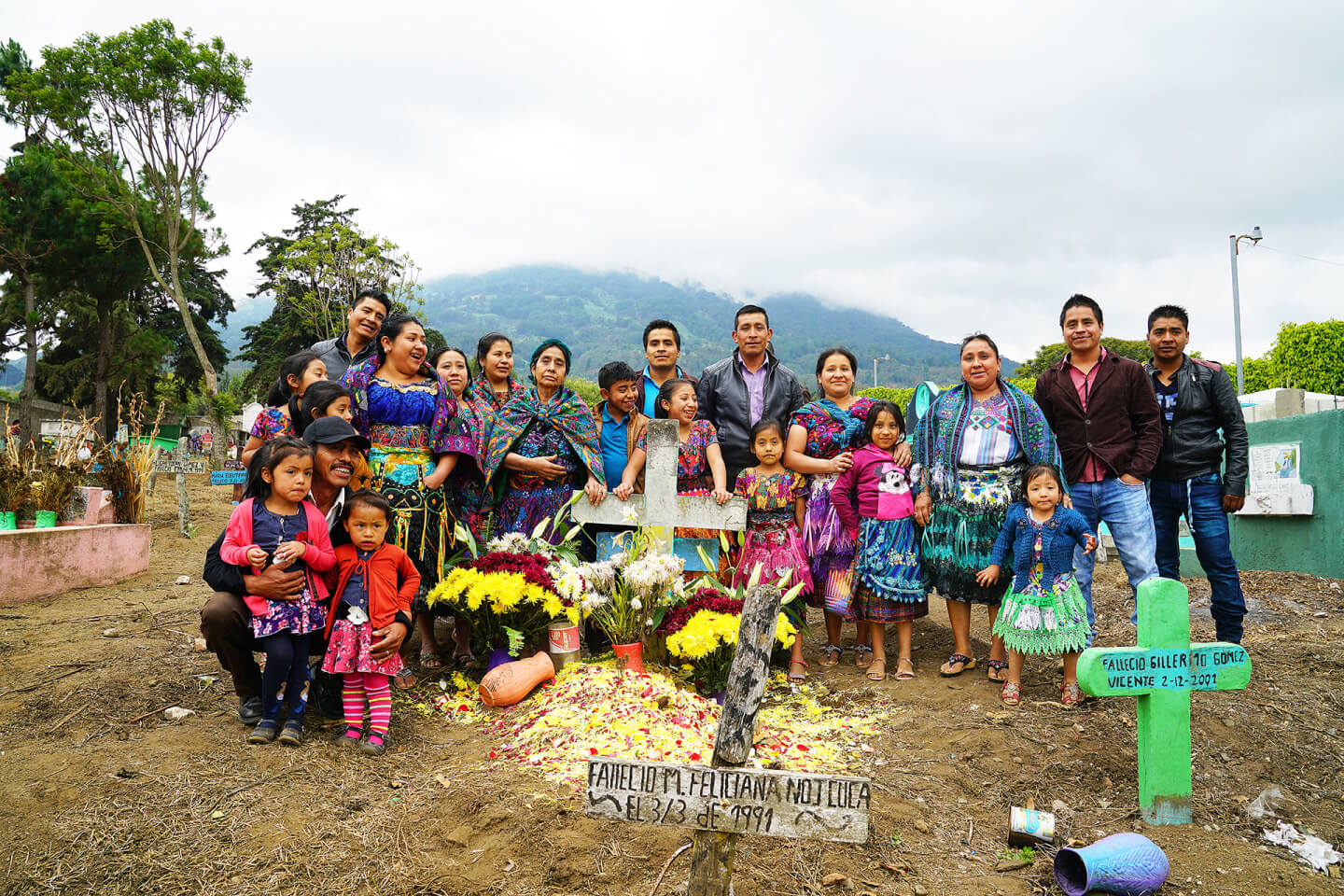
The Kaqchikel are actively working to study the history of the tribe and its heritage: for example, in 2021, they organized a congress on Mesoamerican culture dedicated exclusively to the Kaqchikel culture.
Santa Maria de Jesus, Sacatepéquez. 2018.
Several Kaqchikel tribes have even organized a Maya University, which is not recognized by the State. They conduct research and engage in archaeology, studying the finds from their own point of view, and not from the point of view of the state. The Kʼicheʼ, in their turn, position themselves as the intellectual center of Maya descendants. The conflict reaches the point where the tribes do not support politicians from another nationality – even though they act in the interests of the entire local population.
Even now, rural Guatemalans often oppose the “secular” education of their children.
Don Luis, the owner of the La Moreria Museum (Museo De Máscaras y La Morería) and workshop of traditional masks in Chichicastenango, recalls that when education reforms began, parents often hid children so that they would not be taken to schools. And even those children who did go to study often dropped out of school at the age of 10-11 and returned to their parents to help with the household.

Until recently, the average number of children in a family was 10-12. Now, there are much fewer of such families. San Gaspar Chajul, Quiché Department. 2018.

Now the interest in education, including higher education, has increased significantly. Among the rural population, there are people who have studied in European universities, can speak 5−6 languages and who eventually came back to their village.

San Gaspar Chajul, Quiché Department. 2018.
Guatemala, despite its increased tourist popularity, is not as open as it might seem at first glance. Many of its regions are still inaccessible and not only for visitors and tourists. Even local non-pure-blooded Indians cannot get to the villages in the north part of the country. This isolation is a way of protection from the attacks on land and culture.
Archaeologist Cesar Aguilar, who studies the Maya heritage, is a Mestizo. His mother is a mix of Maya with Africans, Chinese, Spaniards and Germans, and his father is from a region where Spaniards mostly lived. According to him, even with close friends and academic goals, it was either very difficult or impossible for him to get to the villages of the Guatemalan highlands. Unlike them, the Maya Qʼeqchiʼ, among whom Cesar grew up, are very open to communication. They easily accept mixed marriages. These tribes became the force for tourism development in the country.
Isolation and limitation of contacts with the outer world are necessary tools for small communities in the struggle to preserve their identity. But not the only ones, of course. Oddly, but the exposure to the outside world and its understanding can help in this.





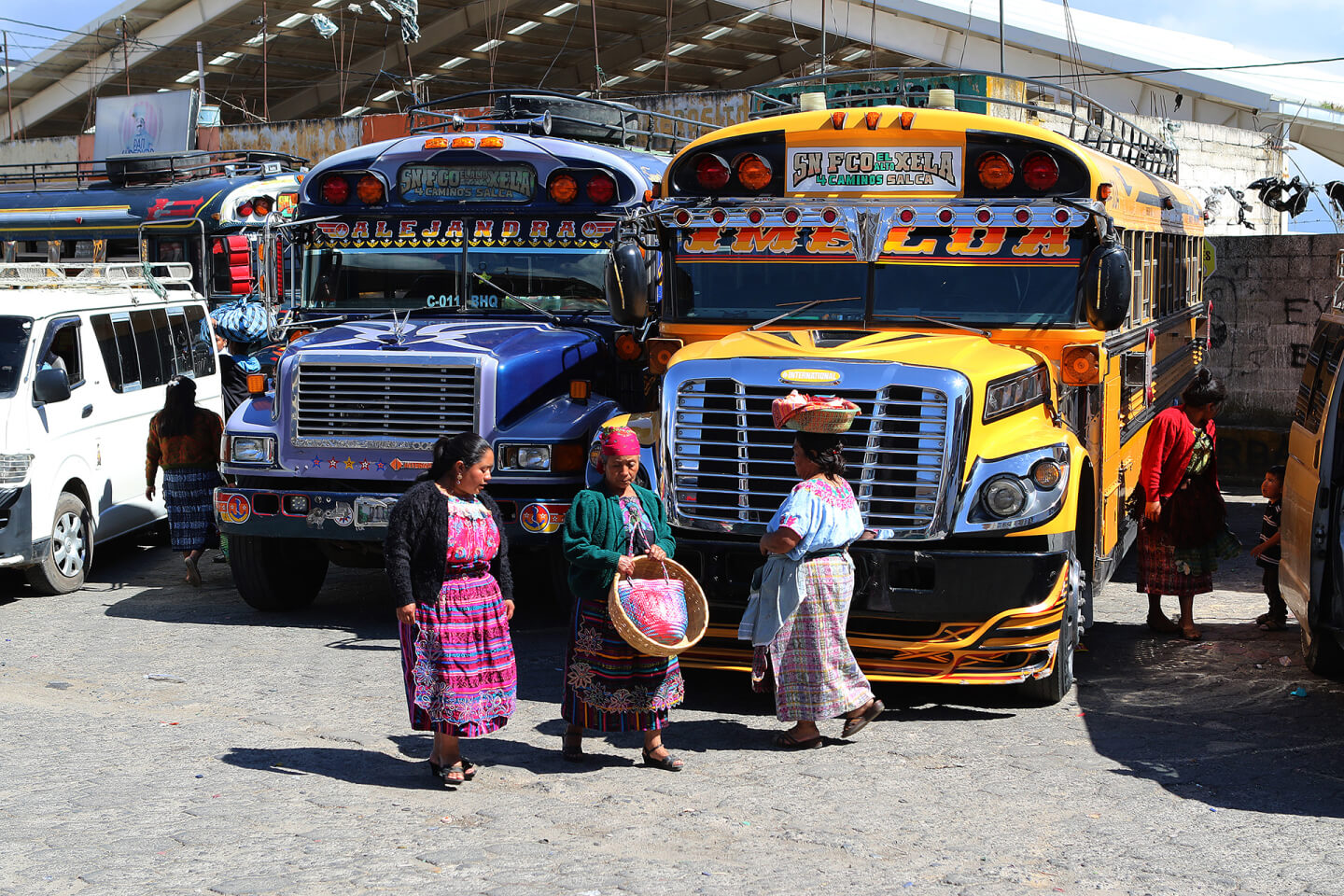
These buses are typical public transport in Guatemala. San Francisco el Alto, Totonicapán Department. 2018.
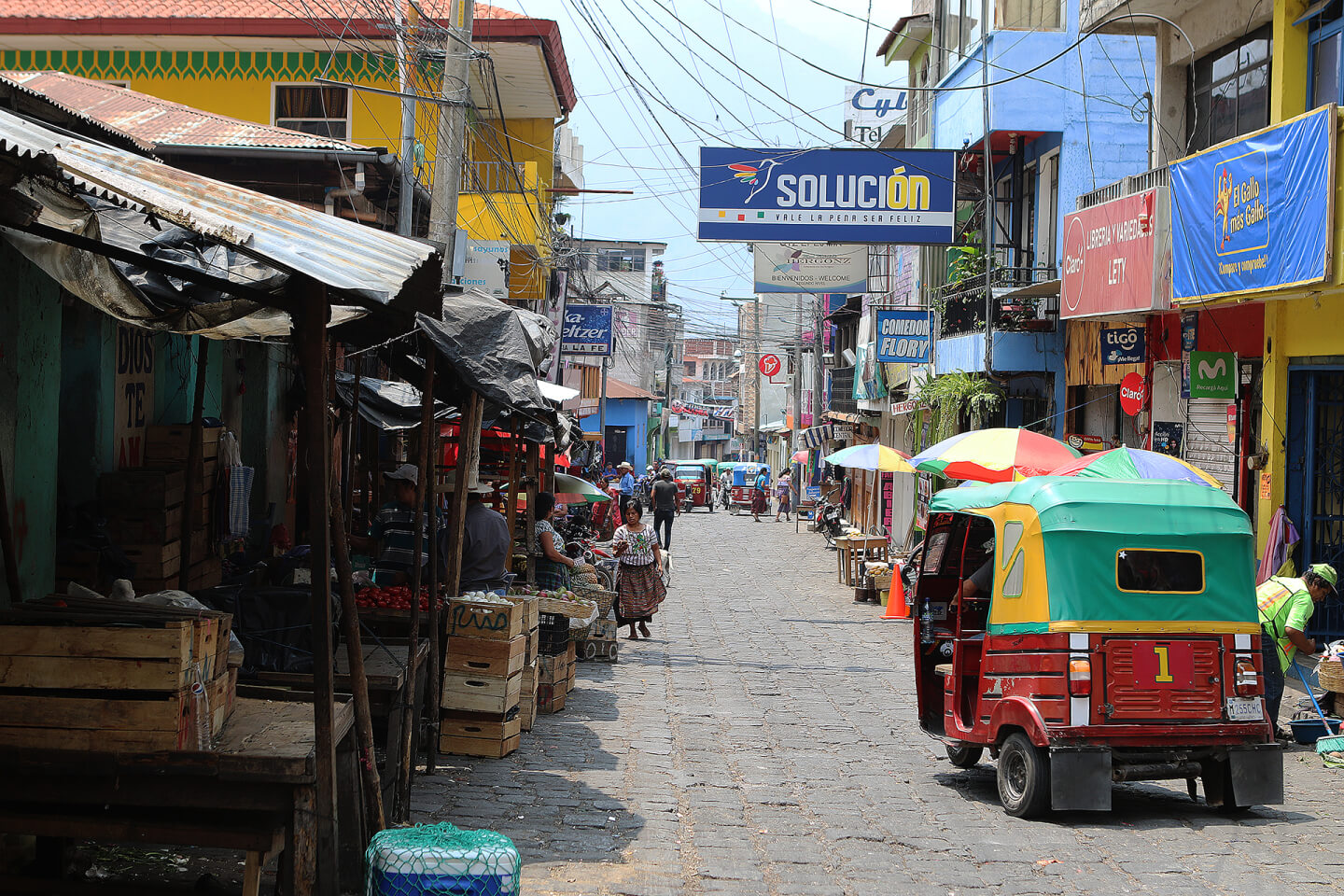
San Pedro la Laguna. A settlement where it is forbidden to use disposable plastic. On the market, banana leaves serve as packaging for the product. The Department of Sololá. 2018.
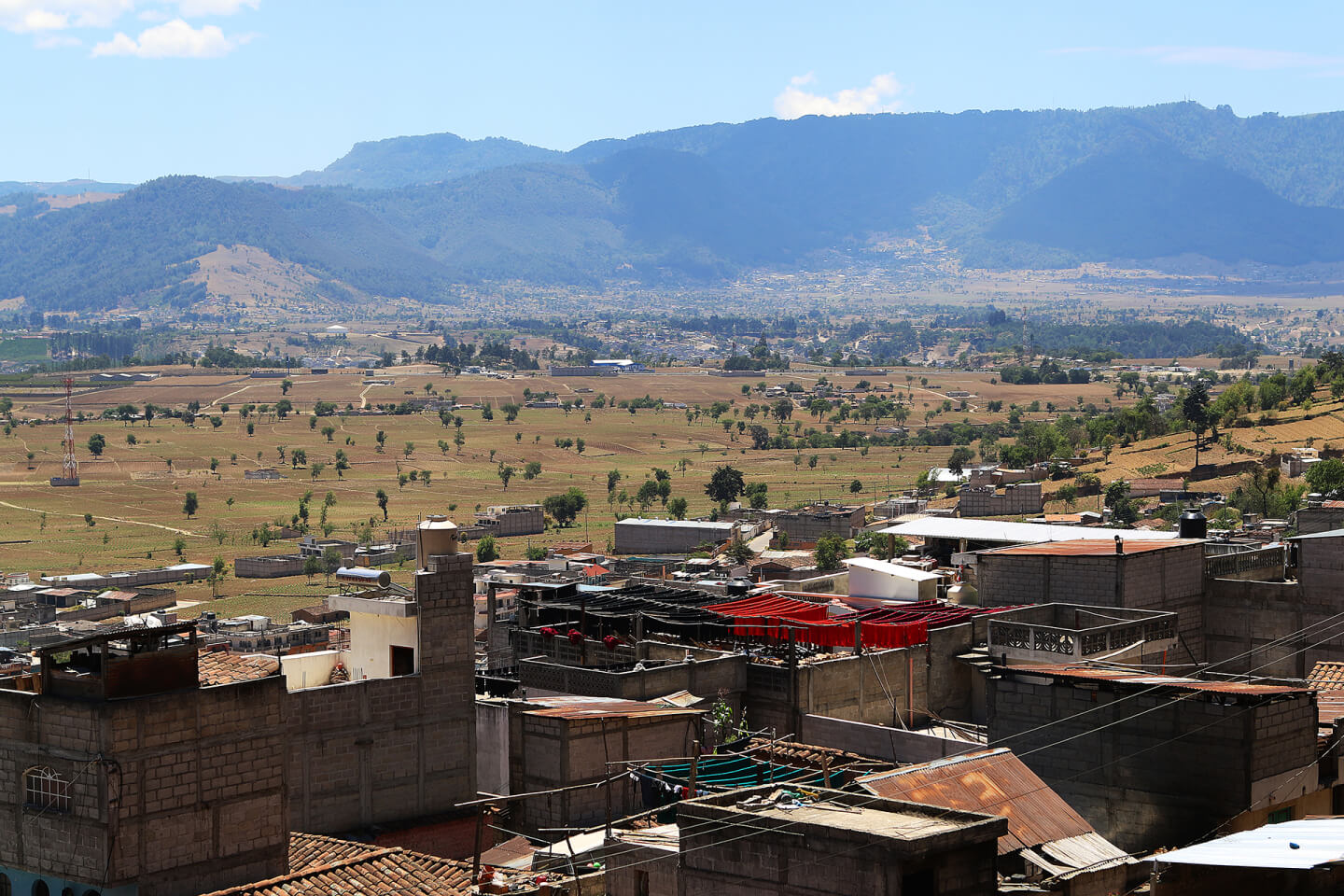
San Andrés Xecul, Totonicapán Department, Kʼicheʼ Maya. 2018.
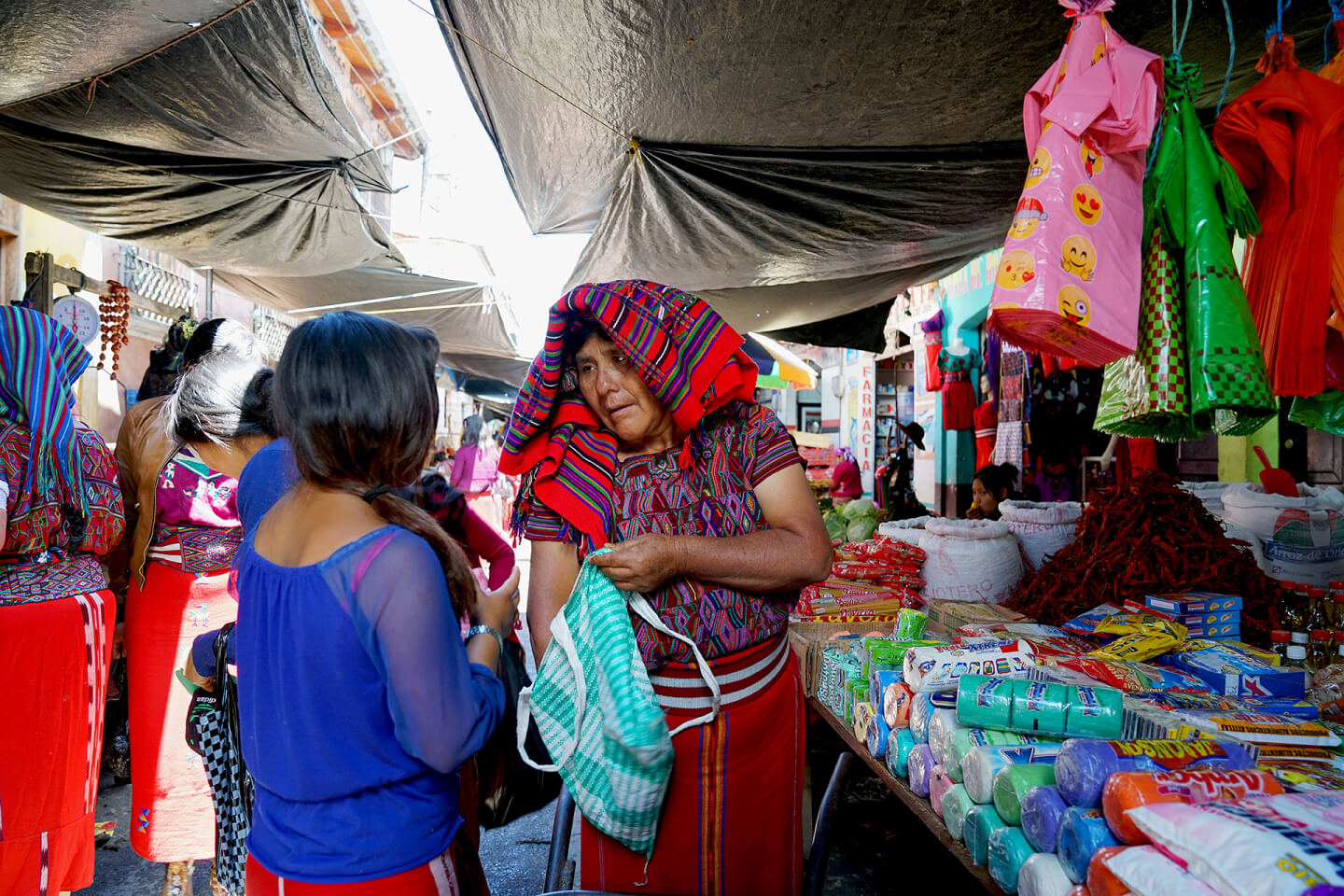
Santa Maria Nebaj, Quiché Department, 2018.
Cesar Aguilar
archaeologist, specialist in sustainable tourism
Those who enter the Ladino world often lose their culture. But some work up the courage and go to universities, even though they perceive this new paradigm with strong resistance. And then, with the acquired knowledge, they return to the villages and devote themselves to preserving traditions, while trying to understand their nature and history. In this case, the encounter with the Ladino world gives the locals critical thinking, and at the same time strengthens their bonds to traditions.

For example, I have a friend who is an anthropologist and archaeologist from the Kaqchikel tribe. And she told me once: "Cesar, we talk to pots, this hardly happens in the Ladino world. We ask them to do their job well, cook, and promise to take care of them in return."
It’s part of her world, her tradition, her identity. For her, everything in the world is part of a single system, the universe, everything has a life and everything deserves respect. Ladino cannot just intrude in this world — for them, inanimate objects are not alive.
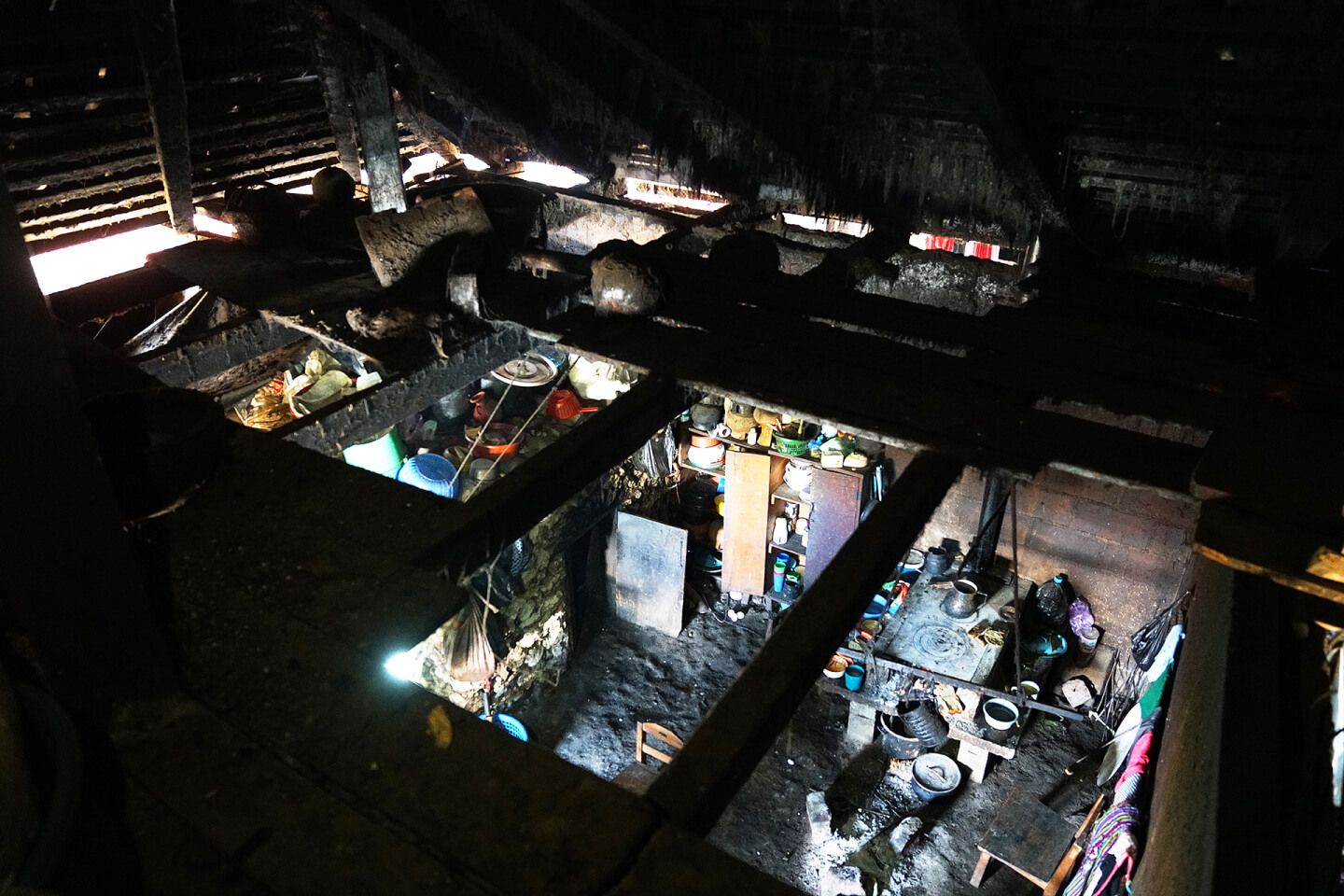
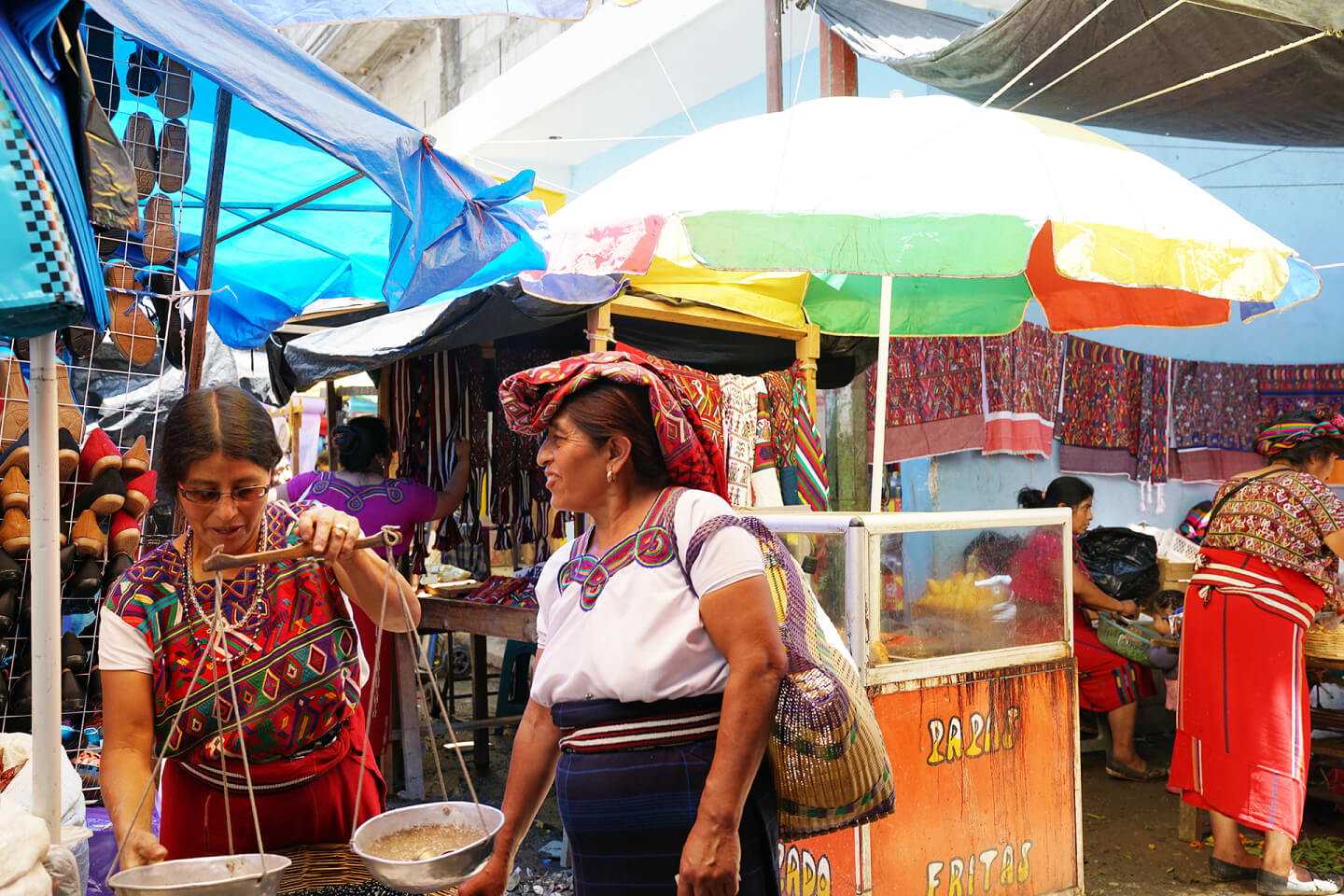

Doña Anna's House, San Gaspar Chajul, Quiché Department. 2018.
Santa Maria Nebaj, Quiché Department, 2018.
I am convinced that a local resident with a good education can help strengthen traditions. And in order for a person from the outside to understand how these communities function from the anthropological point of view, you need to live with them, as well as understand politics, economics and the social situation well.

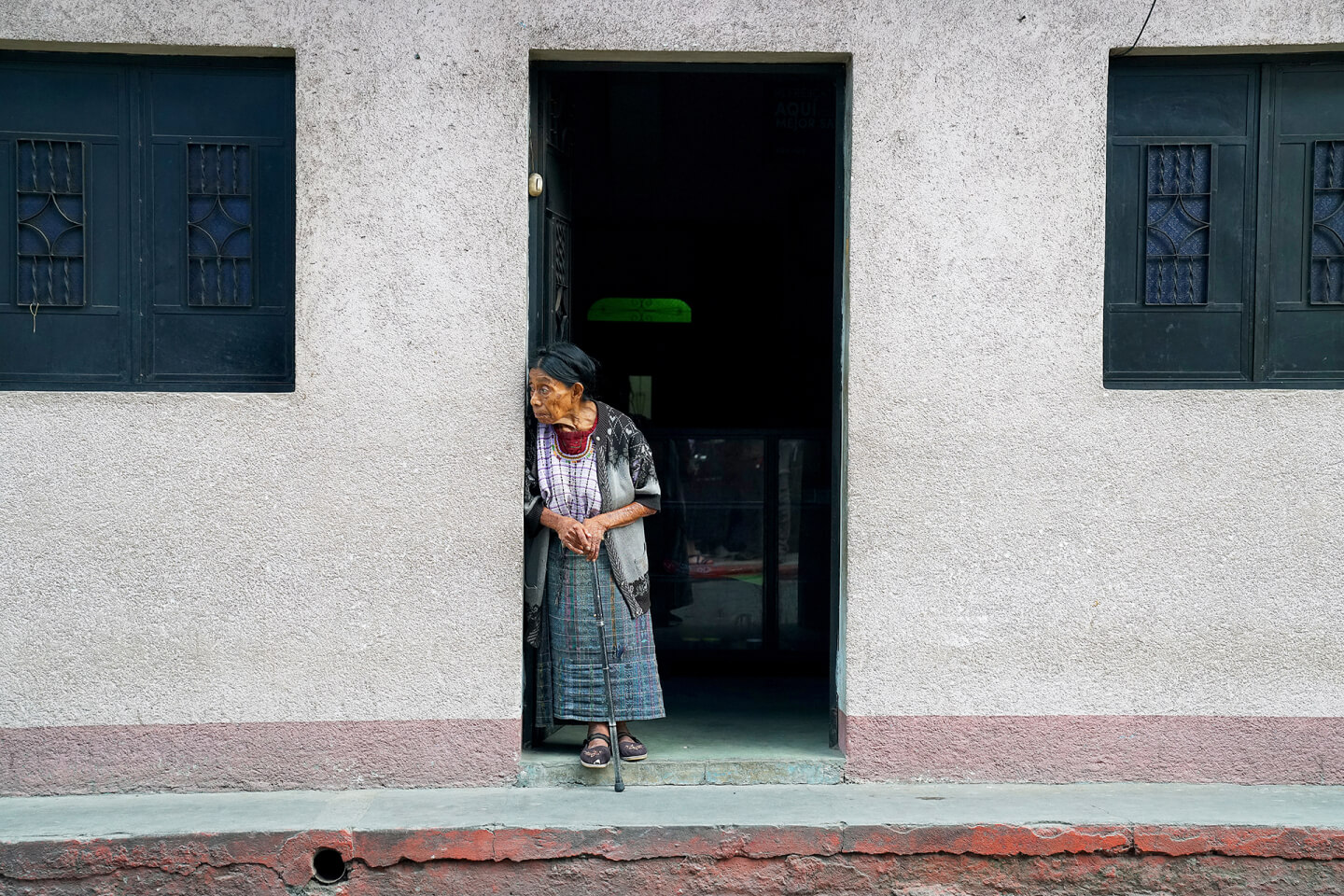
Women in traditional clothes are a typical picture for Guatemalan settlements. It is as much a part of everyday life as eating and working. Santiago Atitlán, Sololá Department, Tzʼutujil people, Kʼicheʼ. 2018.
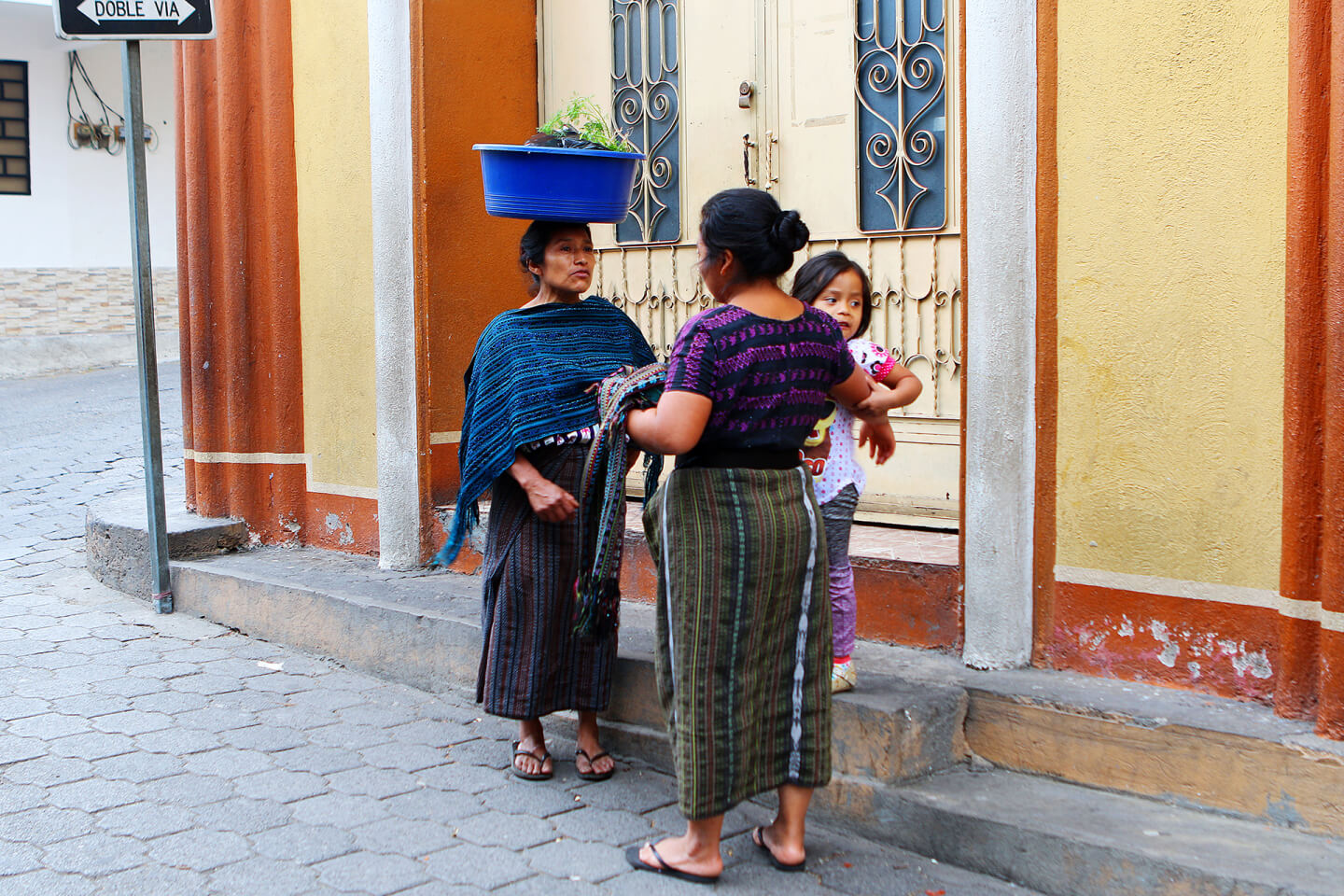

Due to the fact that the Spaniards tried to carry out "correct" colonization in Guatemala, taking into account the forms of government, culture and traditions of the Indians, a unique situation has formed in the country: syncretism in all possible aspects, from government, cuisine, habits and traditions to religion, where shamanism and traditional beliefs are intertwined with Catholicism. Perhaps this syncretism, the intersection and fusion of peoples, cultures, languages, and religions can be considered the most striking characteristic of modern Guatemala. Markets are a perfect illustration of this.

Contacts
Events
Project












